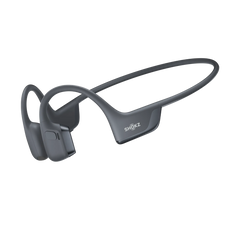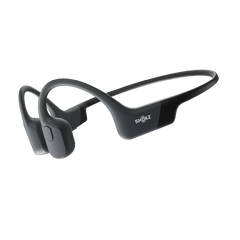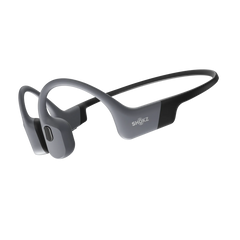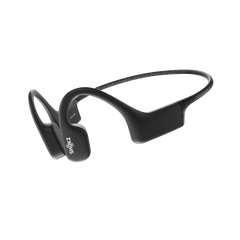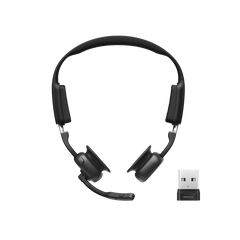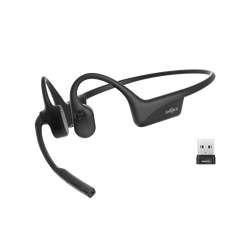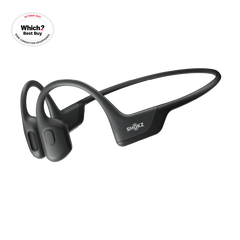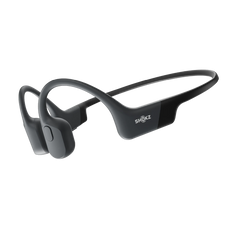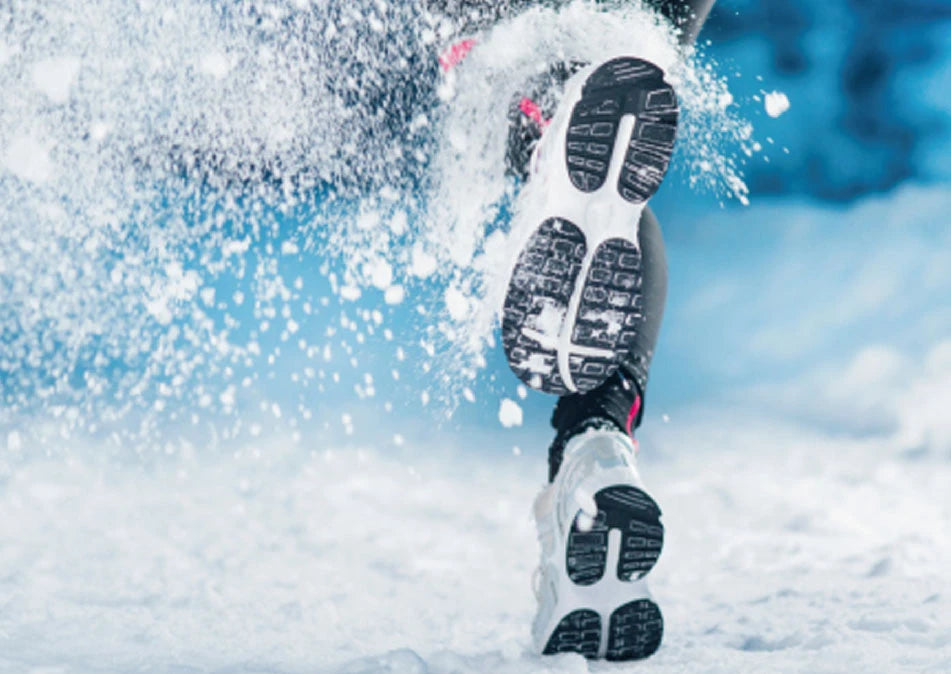Baby, It’s Cold Outside. Don’t Let That Slow You Down.
As the temps drop, it can be hard to stay motivated to lace up and head outdoors for a winter run. However, training in less-than-ideal conditions can make you a stronger and more resilient athlete. Here are some tips on how to brave the cold (and snow...and sleet...and freezing rain...), all in the name of running.
It seems like a no-brainer, but you’d be surprised at how many runners head out into a winter wonderland without the proper gear and pay for it later.
Adding layers is a smart place to start when running in cold weather. As you warm up, you can peel off an extra pair of gloves or a fleece pullover to keep your body temperature regulated and comfortable. A good rule of thumb is to dress as if the weather is about 10 degrees warmer than your weather app says before your run. This is because as you run, you’ll warm up quickly, and lighter clothing helps to maintain a regulated body temperature.
The type of material you choose for your running gear is also an indicator of how warm and dry you’ll be as you log miles. For example, a base layer of merino wool is one of the most popular fabrics for keeping warm when temperatures dip. It’s not bulky and it wicks away sweat, leaving you warm, dry, and cozy.
Merino wool is also a suitable sock material for year-round running, as it helps keep you cool in the summer and warm in the winter—magical. If the weather is particularly wet or the roads covered in snow, try logging a few miles in trail shoes, which have better traction.
Cover Your Head
If your head is warm, chances are the rest of you will follow. Research shows that about 10 percent of a person’s body heat is lost through their head, making it an important body part to keep covered while you run in the winter. Pull up a hood or put on a moisture-wicking beanie when you hit the road. If it’s wet out, keeping your head dry will also keep you warm.
Do A Warm-Up
You do a warm-up before every workout, right? Right? It’s even more important to get the blood flowing on those cold mornings and chilly afternoons in order to avoid injury. Even a minute or two of dynamic stretching or a slow jog can loosen up your legs and ultimately keep you flexible and injury-free.
Be Seen
Whether you hit the road in the early morning hours or at 5 p.m. when the sun goes down, it’s hard for cars to see you, especially when you’re donning all that sleek black winter running gear. Run with a flashlight, headlamp, or a reflective vest against traffic—or on the sidewalk when you can. For more savvy strategies, check out 5 Safety Tips for Runners!
Know When To Stay Inside
There’s a reason runners refer to the treadmill as the dreadmill: It can be a drag. But when it’s dangerously cold out (hi, Polar Vortex), you, er, run the risk of getting frostbite or triggering respiratory conditions like asthma.
Colder temps can also mean black ice, making outdoor running a little more…how you say... adventurous. Try to avoid running in temperatures under 40 degrees if you live in the Southern U.S. states. If you’re from the Northeast or Midwest, opt for an indoor workout if it’s 20 degrees or lower.
Really hate the treadmill? Hop on a bike or into the pool for some (likely much-needed) cross-training.
Do you love or hate running in the winter? Tell us on Facebook, Instagram, or Twitter!
